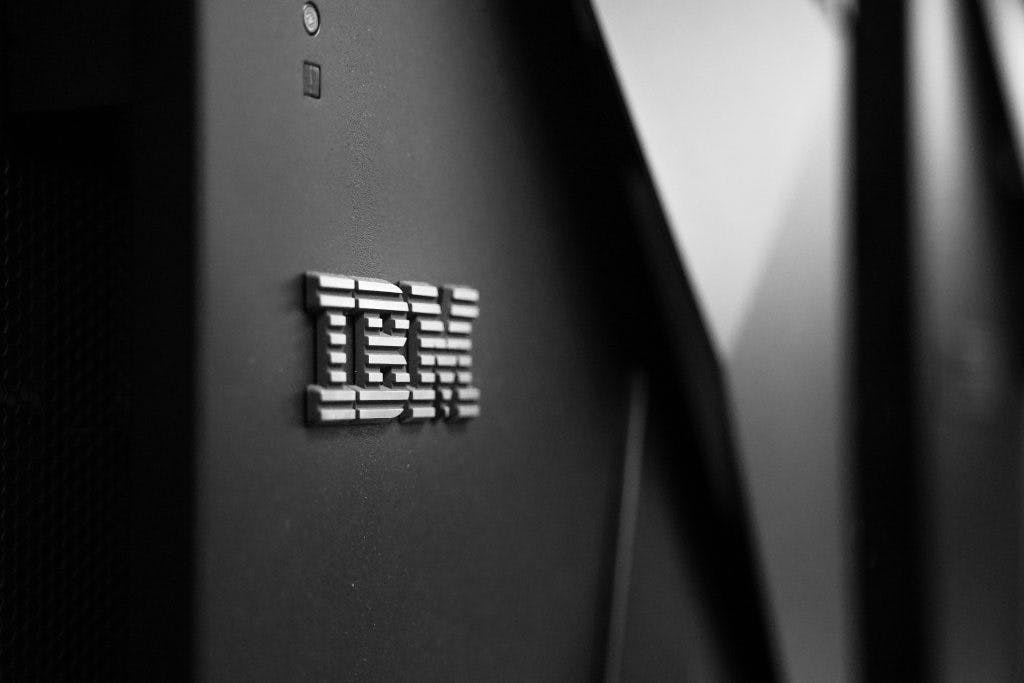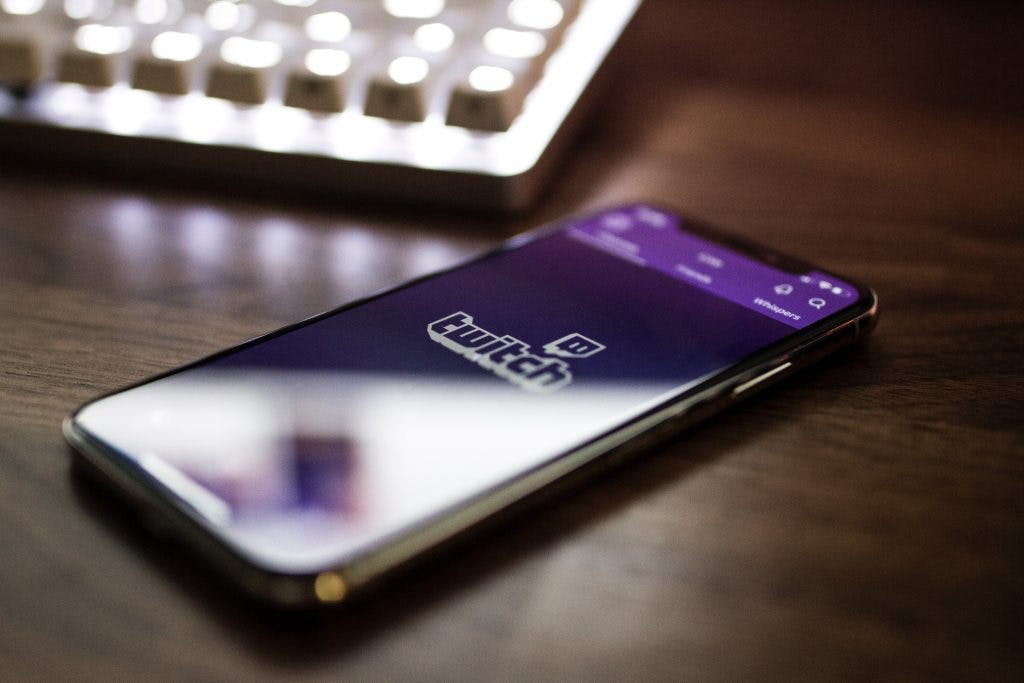Season 1 - Episode 1
Unraveling the Psychological Side of Product
This week we kick off the new season with Tarun Gangwani of Twitch. In the first of our eight weekly episodes, Tarun unravels the psychological side of user experience, product management, and creating delight by getting into the mind of customers.

Question [00:00:43] I want to know, did you ever wonder about how products and services were made when you were growing up? Did you ever have these sorts of questions in your mind?
Tarun [00:01:19] They definitely did. At an earlier age, I was actually interested in neuroscience and like the study of the brain and how, you know, humans thought about their world and their surroundings.
And so that was in the background of why I was thinking about how technology and humans interacted together.

So I’d ask myself these questions over and over. And it just led me to really dig into how products were made, and the software was created. That budding interest led me to into design at first, because design is kind of the study of user experience in their world. You’re thinking about branches of cognitive science psychology, like the ways that physiology and people interact with things.
Question [00:02:56] I was wondering if you had any role models, people that you knew that worked in tech and maybe provided some sort of guidance to you into this world?
Tarun [00:02:56] Yeah, after high school and throughout my childhood, it was my dad who had been in the software business for a little while.
He worked for a company that was acquired by IBM. Then the next company [who he worked for] was acquired by a company called Teradata. And now he runs his own startup.
I would always watch like his career trajectory and study how software was made through him and would ask him these questions. I think that was a huge inspiration for me jumping into this field. And then as I went through college, and modern cognitive science is modeling how the brain works using mathematics, technology, and artificial intelligence. Again, there was that influence of tech and how software is made. Then that kind of hit a pinnacle when I entered design school. For me, given that backdrop, it was just natural for me to apply what I’ve learned in the UX discipline to software — which led me to my first job.
Question [00:04:24] Later you did a master’s program in human computer interaction design. I wanted to know, how do you think the way we approach user experience has changed in the past decade?
TARUN [00:04:38] That’s a really good question. I think that user experience in the previous decade has mostly been about understanding how people work with one piece of software. With this one piece of software, how can we make that experience delightful? So especially with the advent of the iPhone and apps, it was this notion that if I launched an app and saw a window, how do I design that window experience awesome?
And that’s super great because it helps improves point interactions throughout your day. The thinking is, if I have a great experience here and then 30 seconds later have a great experience over there it ads up to a great overall experience. So it’s kind of a difference of point interaction versus journey based user experience design.
This is especially true when you look at the enterprise software world where you have to consider the context in which a person is putting hands on keys and actually interacting with your software.
Question [00:08:30]: So I want to ask you about your first position, which was the technical team lead at Bloomington. How did find responding to requests from non-technical teams? Did it help you build empathy once you became a PM later in life?
TARUN [00:09:03] Totally. That experience specifically taught me just how much people don’t care about the how tech is made or was we sometimes call the sausage factory. What they care is the job to be done.
As we ask ourselves in Product, ‘What is the user trying to achieve and what are the steps to achieve it? How can we get out of the way as much as possible?’
In the I.T. world, you are providing a service to people to meet their needs. For example, my computer is broken, or my Internet doesn’t work or something like that, and so what I would look at is how do we create processes that streamline this not only for one user asking, but one hundred users asking. Or how do I create tutorials for our staff as they onboard? How do I make it so they understand how to repeatedly practice this? And so I definitely would build empathy by going on those appointments myself.

Question [00:10:22] Your next experience was at Aprimo where you were working in user experience. I want to ask you about this in particular, because there are certain product managers who don’t come from specific user-centric backgrounds. How important is it to have a detailed understanding of user experience approaches?
TARUN: [00:10:54] I think that user experience is a core foundation to be a PM. There are basically three legs of a stool to being a product manager: there’s the business side, how two products get marketed and how do they scale and what is the business impact; Competitive analysis, SWOT analysis, doing those like core exercises to understand whether or not you have product market fit; and then the second stool of the second leg of the stool is the technology side. How are things made? What tech stack are we using? How does that fit within the system? And then the final legs design; how do users interact with your technology given the business context? If you cut one of the legs off, the product is not usable. It’s actually just going to fall over. They’re all super important in bringing products to market, so coming from a user experience background, I’m happy that I came from that perspective because I will never go wrong if I think about the user’s problems and the customer’s problems first. Sometimes if you think about the market and think about innovation, you end up building things that maybe people don’t want.
If you focus on the users, you’ll probably find a market. Also with technology, people will look past bugs and issues if you’re focusing on the users.
PMs need to focus on the user experience, user journey and customer happiness. Especially for a position that involves so much persuasion and time discussing your vision

Question [00:13:34] I wanted to ask you about your experience at IBM. Everyone knows IBM was one of the main initiators of the computer revolution. How did it feel to join such a huge multinational that has so many things going with such a long history? How did you feel when you started working there?
TARUN [00:14:19] I learned about IBM actually at the Interaction Design Association conference. That was in 2013, and I was just searching for my first full-time user experience job.
The job at Aprimo was an internship, and it was during the time that I was doing my master’s degree in user experience design. And the technical lead job was my full-time job while I was at school. Moving into getting my first user experience job, I was looking for somewhere where I could grow and study the discipline of design within a practical setting.
However, I asked myself, how do I apply that practically? I was walking around the interior of the Interaction Design Conference, I was meeting with recruiters from Microsoft, from Google, from all of these great companies that you’ve heard of.
So the recruiter at the time was Phil — if she’s listening, that she’s going to remember this story — and she came up to me and goes, “Hey, I know you’re talking to a lot of great companies here and you certainly seem like you’re very passionate and interested in technology. Why don’t you come work for IBM?At the time, the only things I know about IBM are these blue collars and 9 to 5 shifts with black briefcases. It turns out that the CEO of the company sponsored an initiative to build a whole new practice of design work. Of course, IBM had a rich history in design from the times of Elliot Noise, Paul Rand and Charles and Ray Eames. A rich history of design and how the masters of design at IBM is something you don’t really consider every day until just recently, of course.
They’re probably one of the biggest design organizations in the world right now. But when they were starting out, they were just saying, we have this rich history and we’ve always thought about users, but we need to come back and champion them again at the highest levels of the company.

Question [00:25:20] What attracted you to Twitch in the first place? What sort of contribution do you think they’re making to the world?
TARUN [00:25:27] Twitch is providing a path of revenue for anyone who has a talent or a passion to do something for fans, and want to put themselves out there. They have such a voracious, enthusiastic community that just seeks connectivity to one another. It’s way different than any other kind of video based service or most software today. The whole purpose of Twitch is to build communities and build fans and build relationships.
It gets enhanced with developer technology, with API, as with what we call extensions, live apps for live streams. Now we’re changing the way viewers and streamers interact with each other and build communities. I think that’s the key piece that Twitch really understood as they built out. It’s made building developer products that much more delightful. And now we’re doing that same community exercise with developers and we’re saying, ‘Hey, developers, you can connect to these communities as well so that they are well established”. We’ve had developers who’ve built hundreds of thousands of dollars by selling apps via Twitch.
That inspires me and all of us here at Twitch to come to work every day, because we’re not only helping people build love and connectivity in the community, but also fame and potentially fortune that comes with it.
Question [00:27:33] How do you include the input from, you know, the huge community of developers that Twitch has? How do you make sure that their opinions or their vision is permeating your work? What sort of frameworks do you use to do that?
TARUN [00:27:51] It’s all about going back to their context and what they use every day. For example, how do they build web apps today? Plus understanding what are the best practices and providing things as simple as code samples. So they understand how to interface with our technologies and our API.
Then we also are looking at building other technologies that actually integrate with their software. You can take game developers, for example. We look at the modern engines that are being used to build games like unity and an unreal. Then we’re looking to build technologies that work with those game engines so that they can build with Twitch faster and more reliably.
So we do we sweat the small stuff, and we care about the details of how the API is designed and how documentation is created. What are the standards there? And then we think about the bigger picture, which is how you can choose to build any platform. You can choose to build for Slack, Google, an OS app, Facebook or any technologies.
It is a great place to build a business because you have so many built in users and so much appetite for interactivity plus new ways of interacting with content.
Question [00:36:49] Things are constantly changing within the streaming community and the way we consume media. It’s become the new standard for the next generation. What’s your opinion on the next frontier of this technology? Where are we going right now and what matters for product managers?

Tarun [00:37:12] We think the future of live streaming as live multiplayer entertainment, it’s this concept of lean interactivity. It’s saying that viewers and and streamers are a unified ecosystem that have to be raised up a level. They have to be one-upped and they have to grow as a community.
The way we can do that is by breaking down the barriers that exist today between a streamer and a viewer, and making those communities flourish through multiplayer interactivity.
So one of the things we’re really leaning into at Twitch is the concept of extensions and apps that run on a channel that allow viewers to passively or actively interact with the stream. Even the content itself; we’ve seen new games come out that have toll streamer modes, Twitch modes that allow the viewers to vote on whether the player playing the stream and streaming gets a loot drop or it gets healed.
It’s just a matter of understanding how literally the users create inputs, for example on a remote control versus on their PS4 controller or their computer with a mouse and a keyboard. So we look at all of those confluences and understand the right user experiences for those contexts.
At the end of the day, multiplayer entertainment is going to be a key focus, not only for us a Twitch, but we’ve seen the rest of the market think about this as well
Question [00:44:42] My final question, I want to know what has becoming a product manager added to your professional life? How has it affected your skillset?
Tarun [00:44:59] With product managers you have to be able to influence within an organization. Sometimes as a PM, you have nobody working for you, and you have to be able to work across different what we call ‘silos’ within a business who are working on their own product lines and their own strategy.
You have to influence those people to work with you to deliver the outcomes that are mutually achievable within a company. For me, being a PM has really taught me how to work well with others, collaborate with others, and build product in a shared way and understand different communication styles.
This a life skill that can be applied to anything, right? Also, being on the frontline in a sales capacity, or a solutions architect, and sitting with those people, it teaches you how to empathize with the end customer.
It also teaches you how to sell your own product ideas and architect your own ideas internally. If you are a PM — or an aspiring PM — within a company and you have the chance to collaborate with people in other disciplines, grab coffee with them or get on a whiteboard and brainstorm something. That’s what you’re going to be doing every day as a PM, so if you can build that muscle early, that’s something that I’m personally grateful that I have that opportunity to do this work.
Have your own thoughts on the topics covered? Then drop us a line on Twitter. We want to hear from you!
Listen to our episodes on your favorite platform
Stay tuned for new episodes
By sharing your email, you agree to our Privacy Policy and Terms of Service






